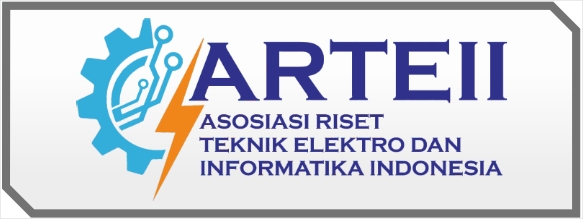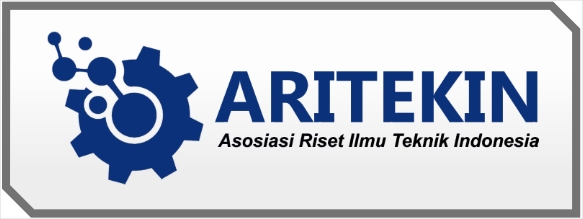Penerapan Metode Seven Tools Dalam Pengendalian Kualitas Produk
DOI:
https://doi.org/10.59581/jusiik-widyakarya.v2i1.2303Keywords:
Conblock, defects, seven tools, crack defects, broken defectsAbstract
Borneo Conblock Mandiri faces significant challenges in its monthly production, with an average of more than 50,000 paving units, but the number of defects exceeds 4,500 units. These defects include cracks, breaks, and uneven or jagged surfaces. To overcome this problem, a quality control analysis is proposed using the seven tools method to reduce defects and improve overall product quality. The research results show that in the production of Holand-type paving, the primary defects include 4,965 units (53%) cracks, 2,661 units (29%) broken, and 1,660 units (18%) the surface is not smooth. Human and machine factors were identified as the leading causes of defects in paving. The proposed solution is the addition of a foreman as an additional supervisor, especially in the production process. The new foreman inspects the material more intensively before it is put into the mixer. Hopefully, these steps can reduce the number of defects and improve overall product quality. The expected result of this research is that it can positively impact the productivity and reputation of Borneo Conblock Mandiri. By addressing the root causes of defects and implementing appropriate solutions, companies can improve their production processes and deliver higher-quality products in line with market demands.
References
Adlany, N., Dahda, S. S., & Jufriyanto, M. (2022). Implementasi Seven Tools Of Quality Di Industri Kecil Triple X Produksi Tas. JATI EMAS (Jurnal Aplikasi Teknik Dan Pengabdian Masyarakat), 6(2). https://doi.org/10.36339/je.v6i2.569
Arifin, M., Arini, R. W., Herdianto, B., & Muliate, K. P. (2022). Application of Good Logistics Practices to Export-Oriented SMEs through Export Regulation Applications. OPSI, 15(2). https://doi.org/10.31315/opsi.v15i2.8242
ARIFIN, M. S., ADJIE, S., & SANTOSO, E. (2019). PENGENDALIAN KUALITAS DENGAN METODE SEVENTOOLS SEBAGAI ALAT UNTUK MENGURANGI PRODUK CACAT PADA PERUSAHAAN TANTEKA SABLON PONOROGO. ISOQUANT : Jurnal Ekonomi, Manajemen Dan Akuntansi, 3(1). https://doi.org/10.24269/iso.v3i1.237
Dio Indranata, M., & Andesta, D. (2022). Pengendalian Kualitas Produk Kerupuk Bawang Menggunakan Metode Seven Tools (Studi Kasus: UMKM Kerupuk Dinda). Serambi Engineering, VII(2).
Haryanto, E. (2019). ANALISIS PENGENDALIAN KUALITAS PRODUK BOS ROTOR PADA PROSES MESIN CNC LATHE DENGAN METODE SEVEN TOOLS. Jurnal Teknik, 8(1). https://doi.org/10.31000/jt.v8i1.1595
Matondang, T. P., & Ulkhaq, M. M. (2018). Aplikasi Seven Tools untuk Mengurangi Cacat Produk White Body pada Mesin Roller. Jurnal Sistem Dan Manajemen Industri, 2(2). https://doi.org/10.30656/jsmi.v2i2.681
Prihatiningtias, I. (2014). Analisis Pengendalian Kualitas Produk Paving Block Menggunakan Statistical Quality Control (SQC) Pada CV. Multi Bangunan Jember. Skripsi, Jember: Fa.
Rasyida, D. R. ., & Ulkhaq, M. M. (2015). Aplikasi Metode Seven Tools Dan Analisis 5W + 1H Untuk. Industrial Engineering Department, Faculty of Engineering, Diponegoro University, 5(4).
Turner, W. C., Mize, J. H., Case, K. E., & Nazemetz, J. W. (2000). Pengantar Teknik dan Sistem Industri. I.. Gunarta, Ed. Surabaya: Guna Widya.
Downloads
Published
How to Cite
Issue
Section
License
Copyright (c) 2023 Diyaa Aaisyah Salmaa Putri Atmaja, Purbawati Purbawati, Mad Yusup

This work is licensed under a Creative Commons Attribution-ShareAlike 4.0 International License.













